Have Disney Parks really abandoned their once-prominent theatrical architectural style for something more practical, and some would argue bland?
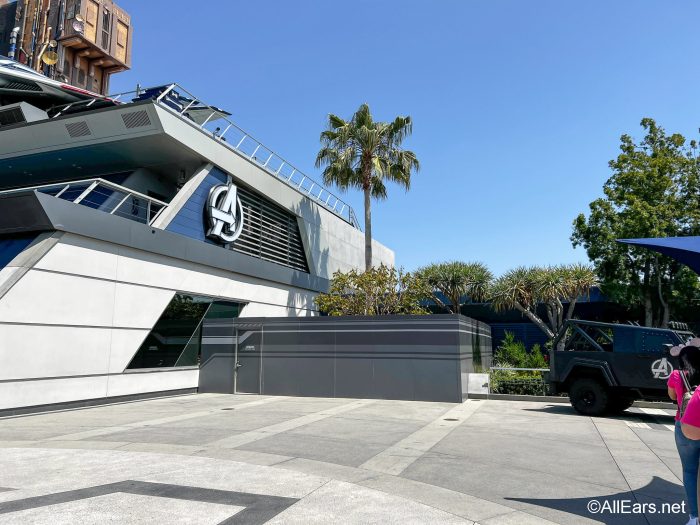
It’s hard to say definitely either way, as evidence can be cherrypicked for both sides of the argument. However, what is clear is that the way Disney set designs their themed environments has changed over the years.
When Disneyland first opened in 1955, a great deal of the theme park’s architectural flourishes were designed and constructed by veterans of Hollywood set design. Designers including Harper Goff — who was credited with many of the finest inventive effects in Disney’s groundbreaking live-action film, 20,000 Leagues Under the Sea, including the design of the Nautilus submarine miniature — brought Hollywood concepts like forced perspective and facade construction to the park, which gave Disneyland the feel of stepping inside a film.
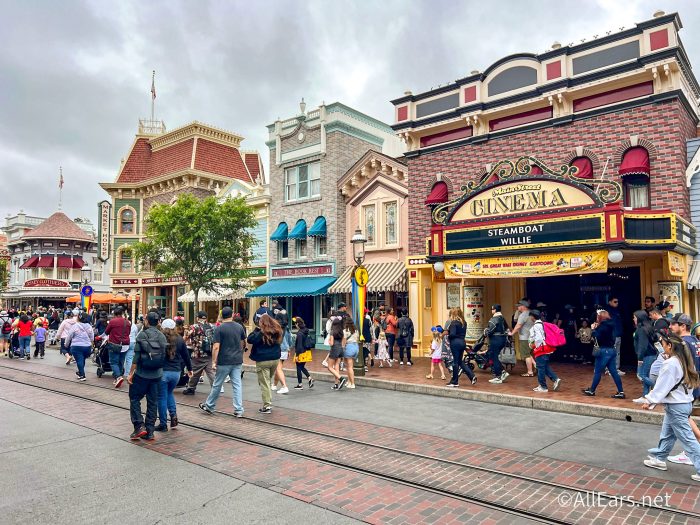
This style of Disney construction continued for decades, through the development of various theme parks including the Walt Disney World Resort, Disneyland Paris, and Tokyo Disneyland. Sure, there were varying degrees of success, and some projects certainly had larger budgets than others, but generally the approach was the same.
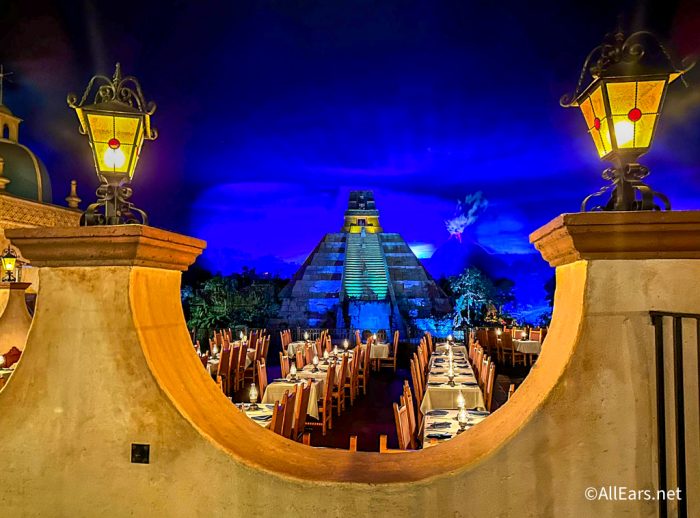
That’s changed in recent decades however, as a more realistic “practical” approach has seeped into Imagineering’s placemaking. Take Animal Kingdom for example. When the park opened in 1998, Joe Rhode and his crew of Imagineers created three-dimensional lands that sought to be very realistic representations of areas like an African village, as opposed to a more fanciful movie set style interpretation.
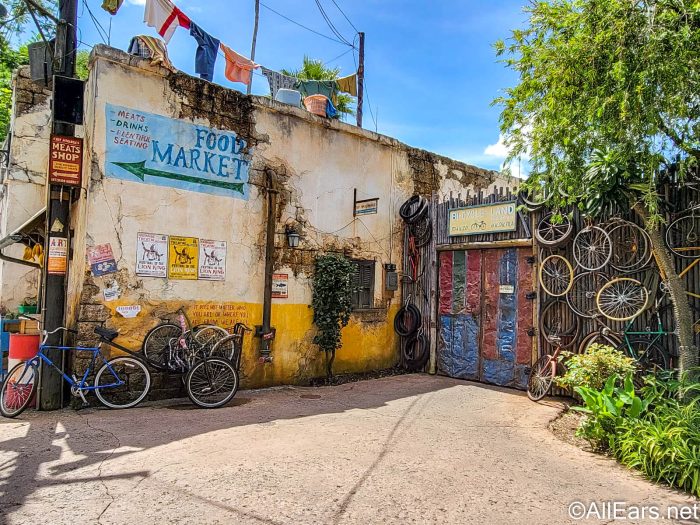
Things changed even further in the 2010s following the opening of Universal’s first Wizarding World of Harry Potter. The massive success of the land immediately changed the course of theme park history, with single intellectual property lands that strove to replicate cinematic environments as closely as possible becoming the norm for big-budget expansions at both Universal and Disney World.
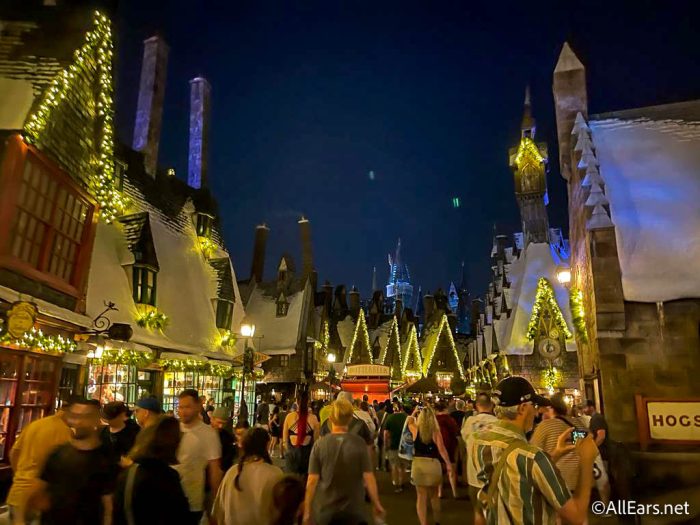
That has led to a generation of major theme park lands that are built to envelop guests inside realistic and practical versions of the worlds they represent. Now, that’s not to say that we dislike these lands. Areas like Galaxy’s Edge, Pandora, Avengers Campus, and the breathtaking portals of Epic Universe are all incredibly detailed and immersive lands that one can truly get lost in.
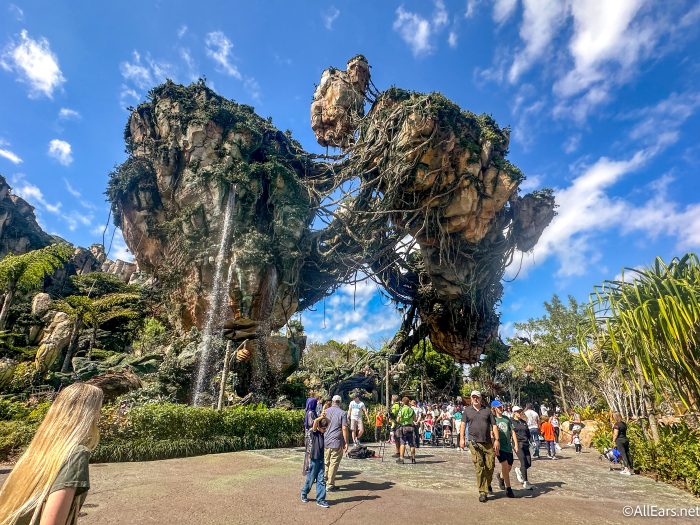
However, to some guests, a few of these lands can come off slightly “too” real, feeling so much like a real lived-in place that they lose the theatrical touch that was present in classic Disney lands like Main Street U.S.A.
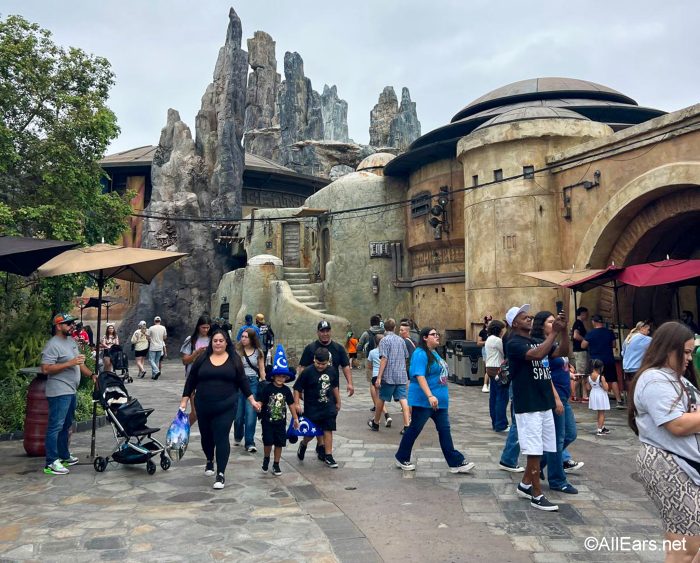
Has Disney’s set design philosophy changed too much? It’s tough to say, as there are transcendent and disappointing examples of both approaches to be found in the company’s 70-year history of theme park design. Stay tuned to AllEars as we further dive into the design philosophies behind Disney’s parks.
The Ridiculously Detailed History of Disney World’s Frontierland
Join the AllEars.net Newsletter to stay on top of ALL the breaking Disney News! You'll also get access to AllEars tips, reviews, trivia, and MORE! Click here to Subscribe!

What are your thoughts on Disney’s set design? Let us know in the comments below!


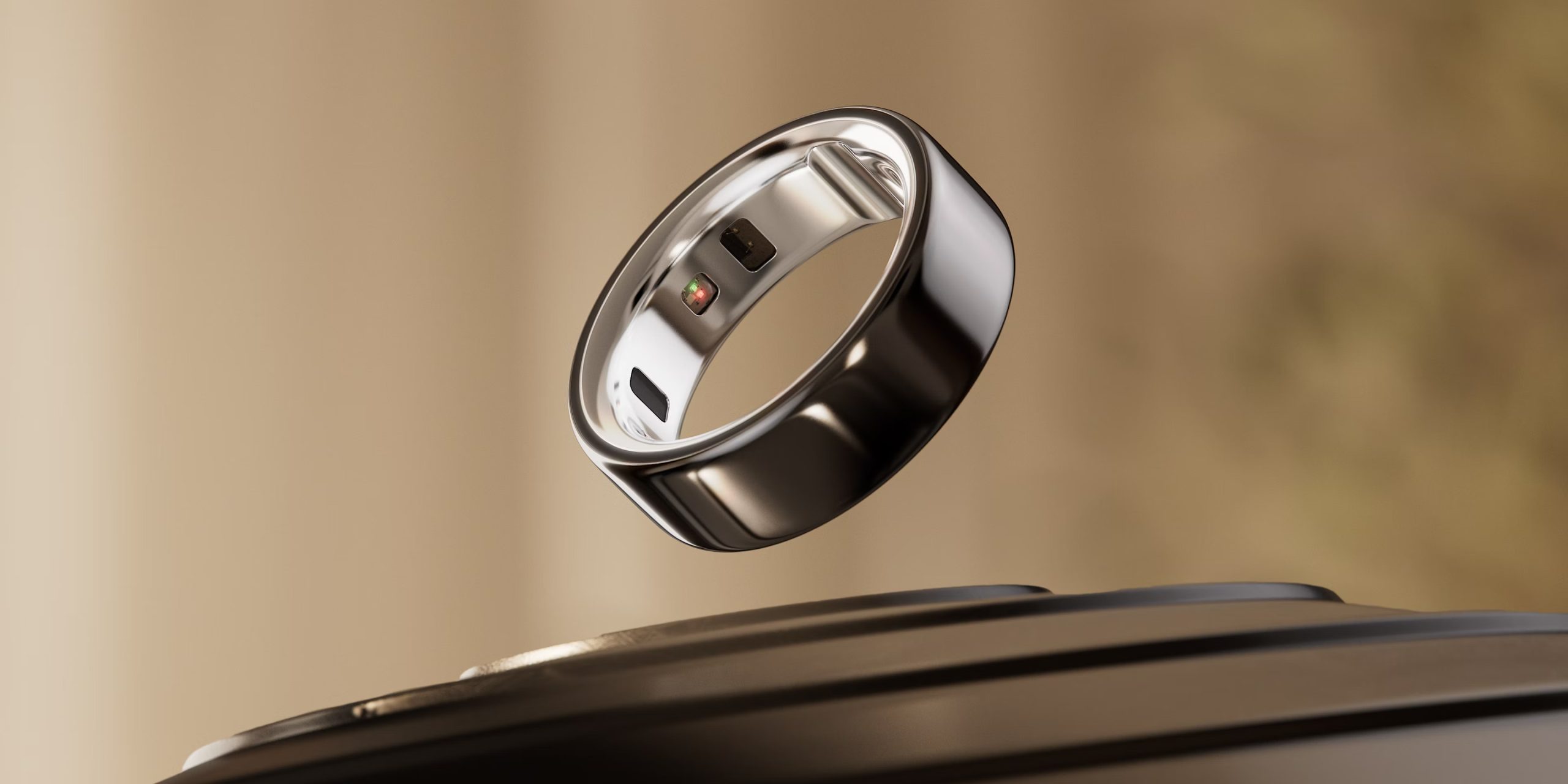
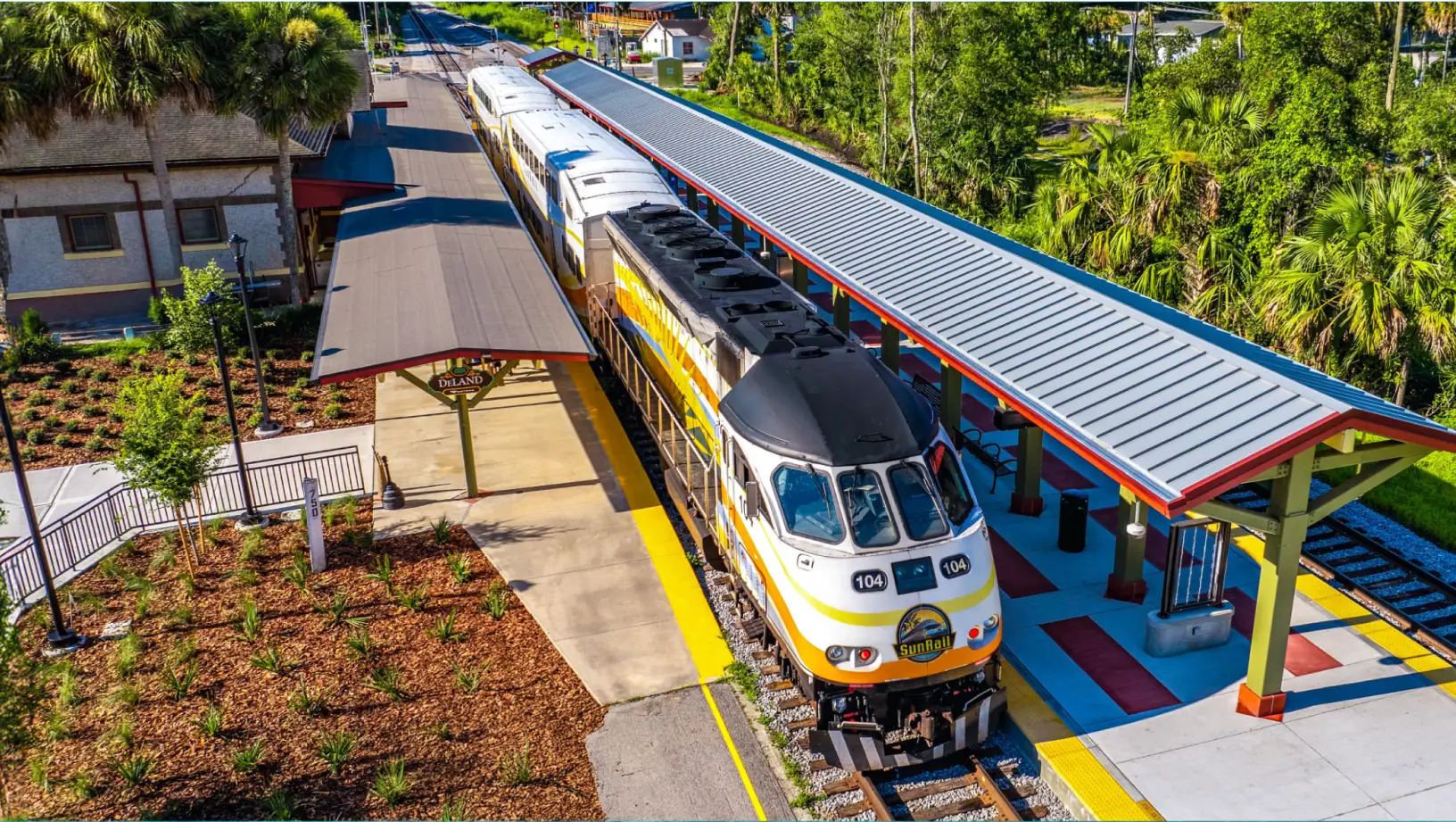

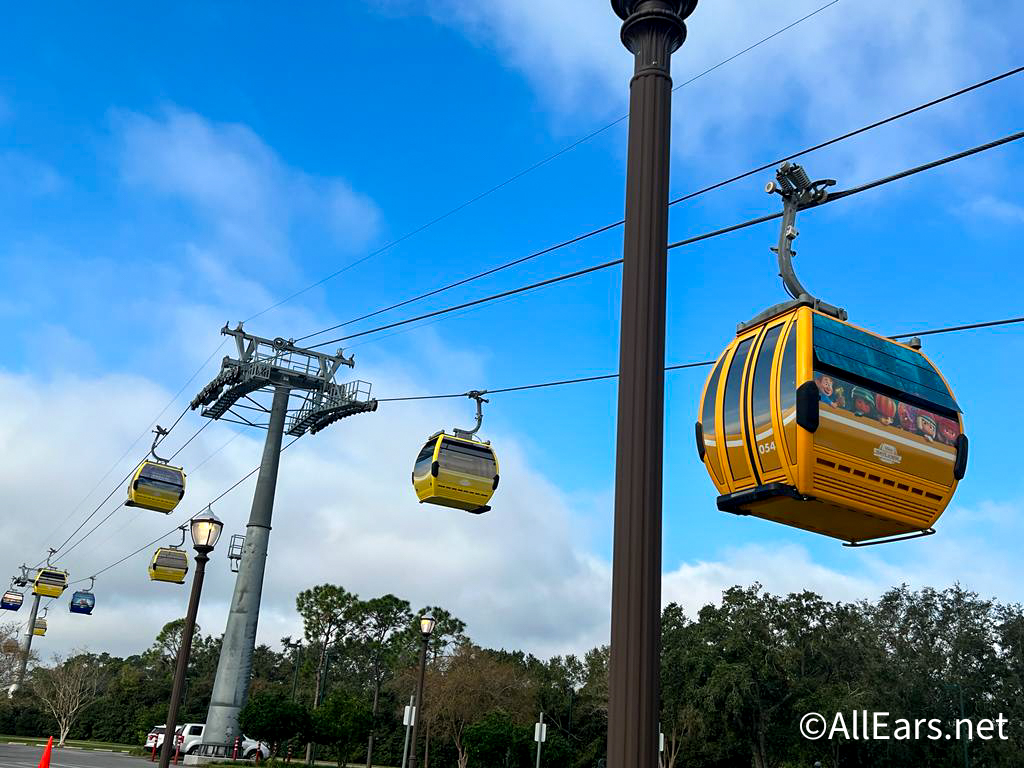

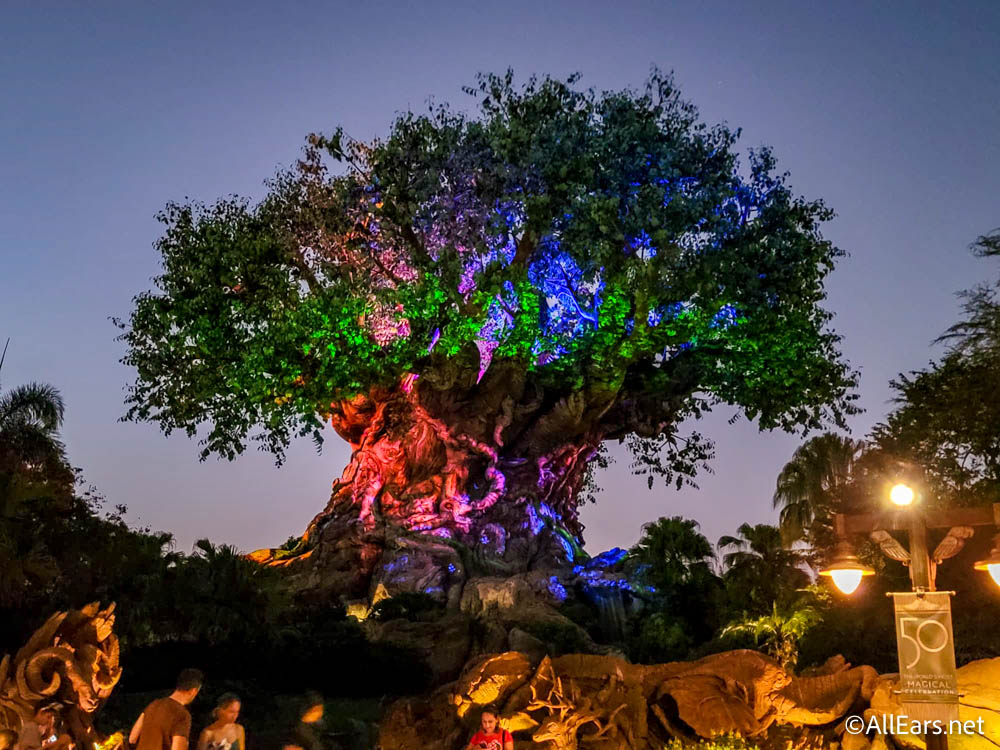
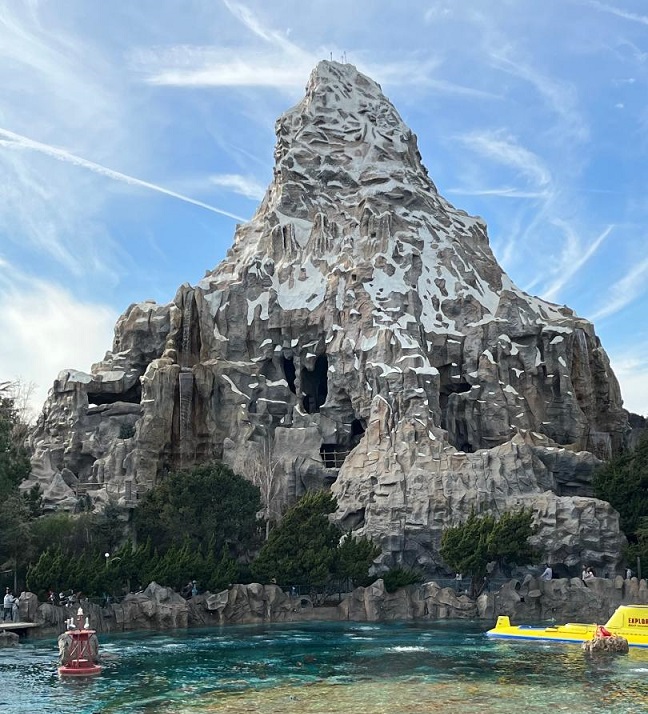
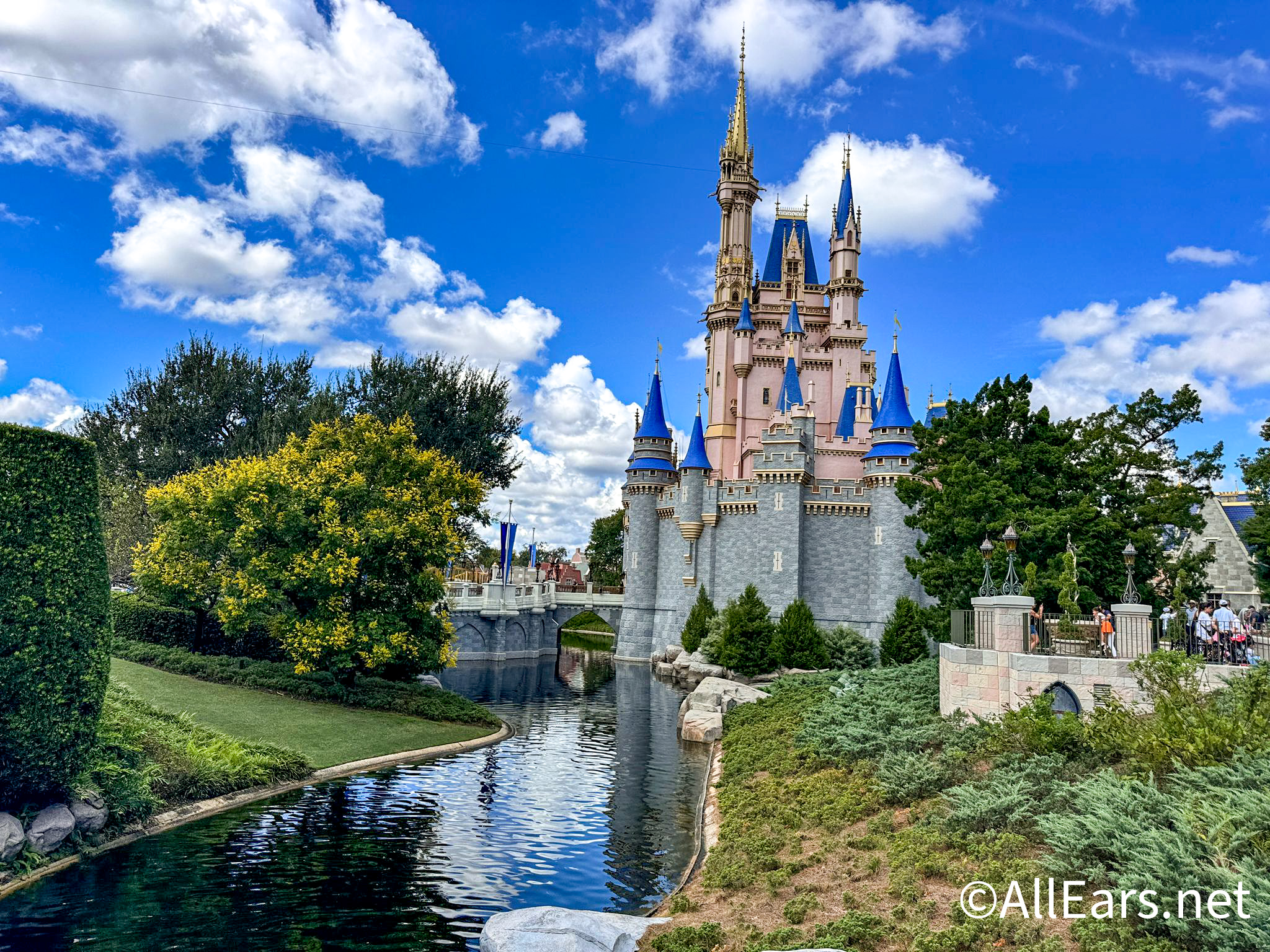
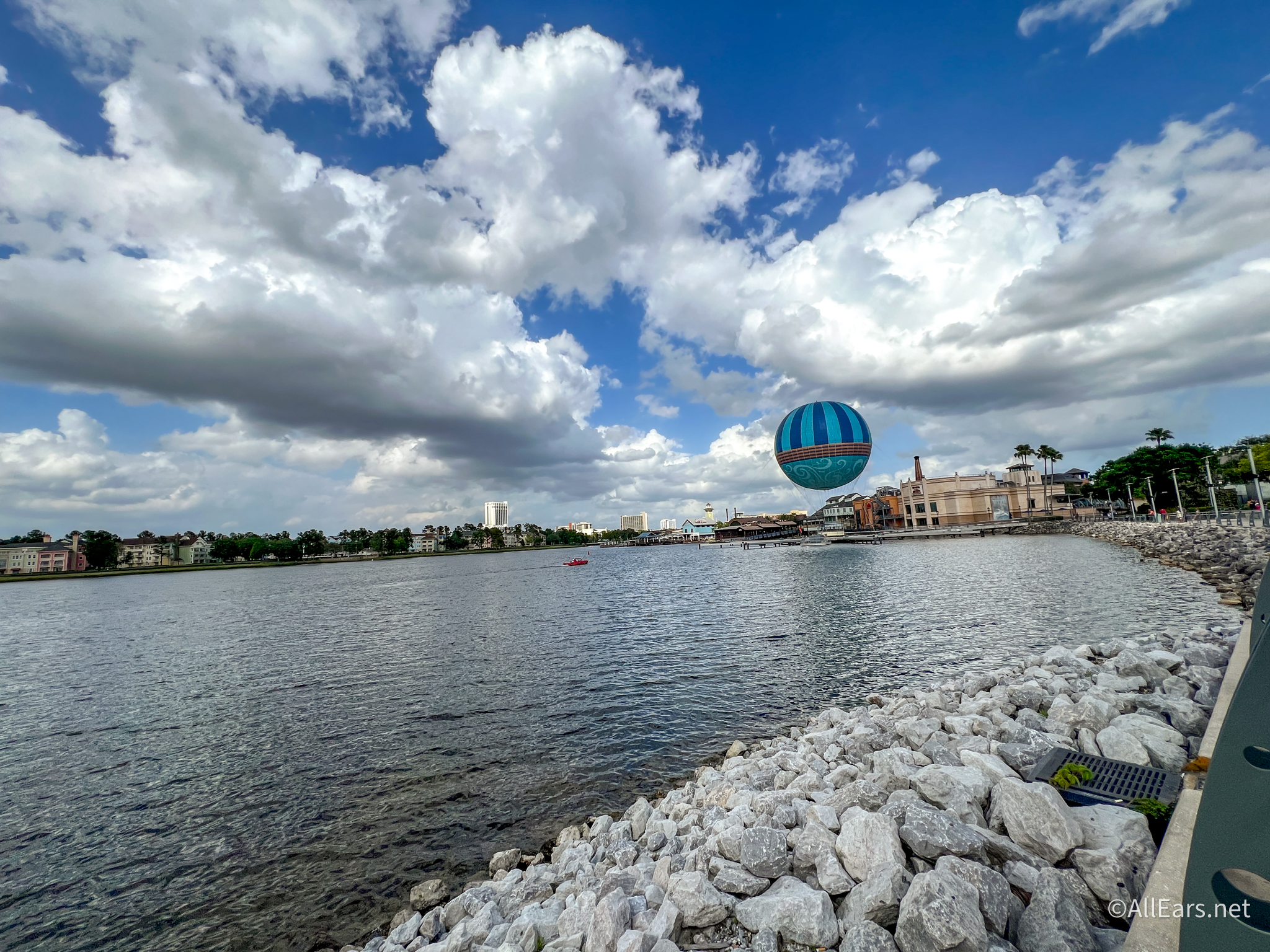
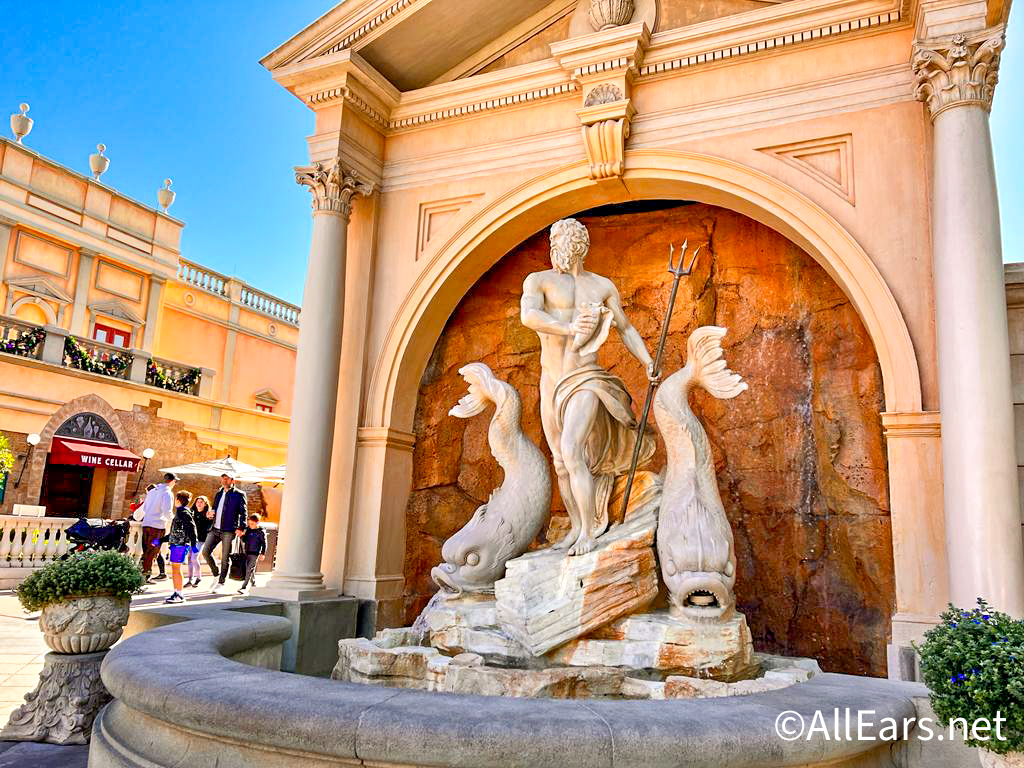
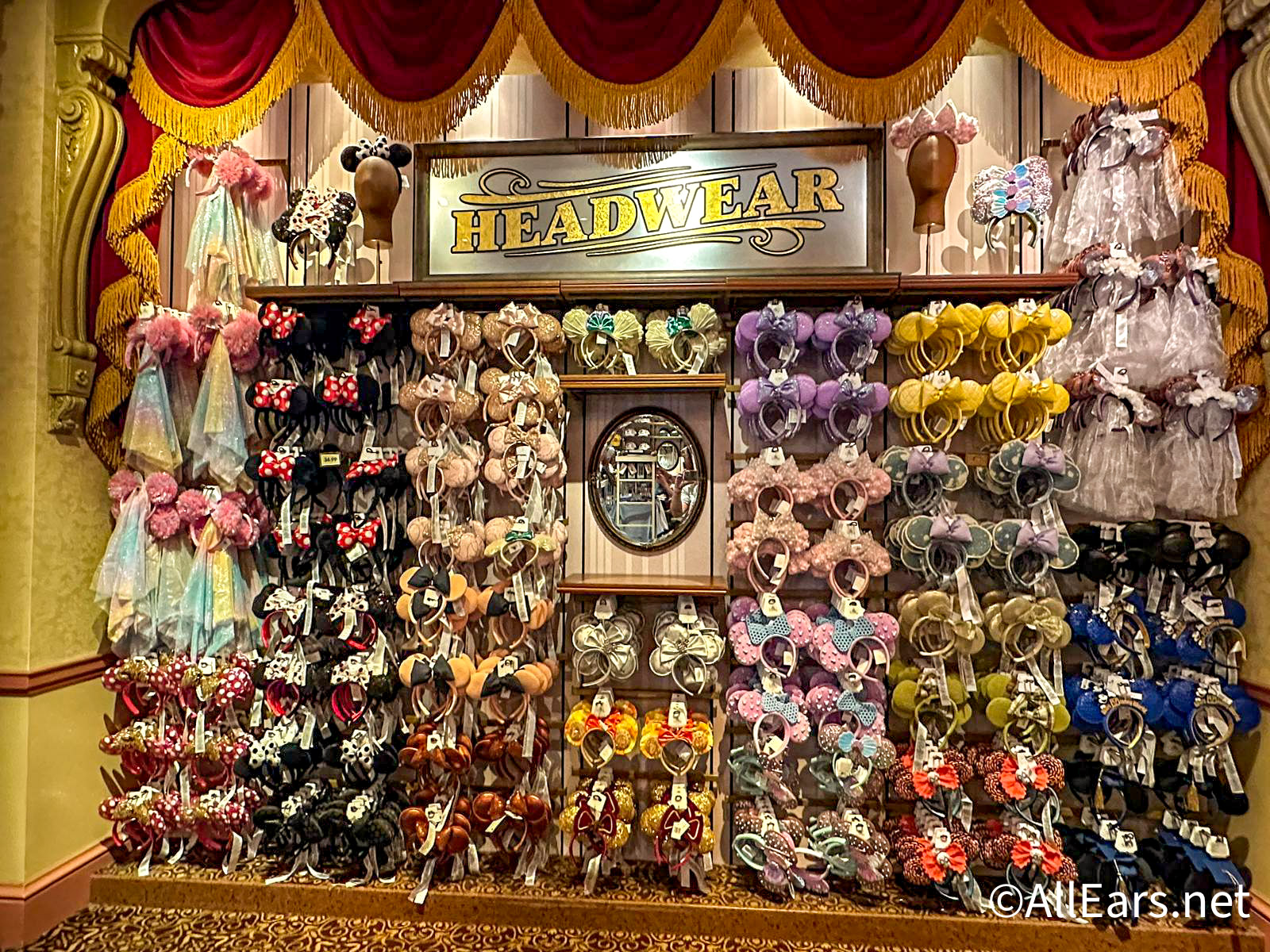


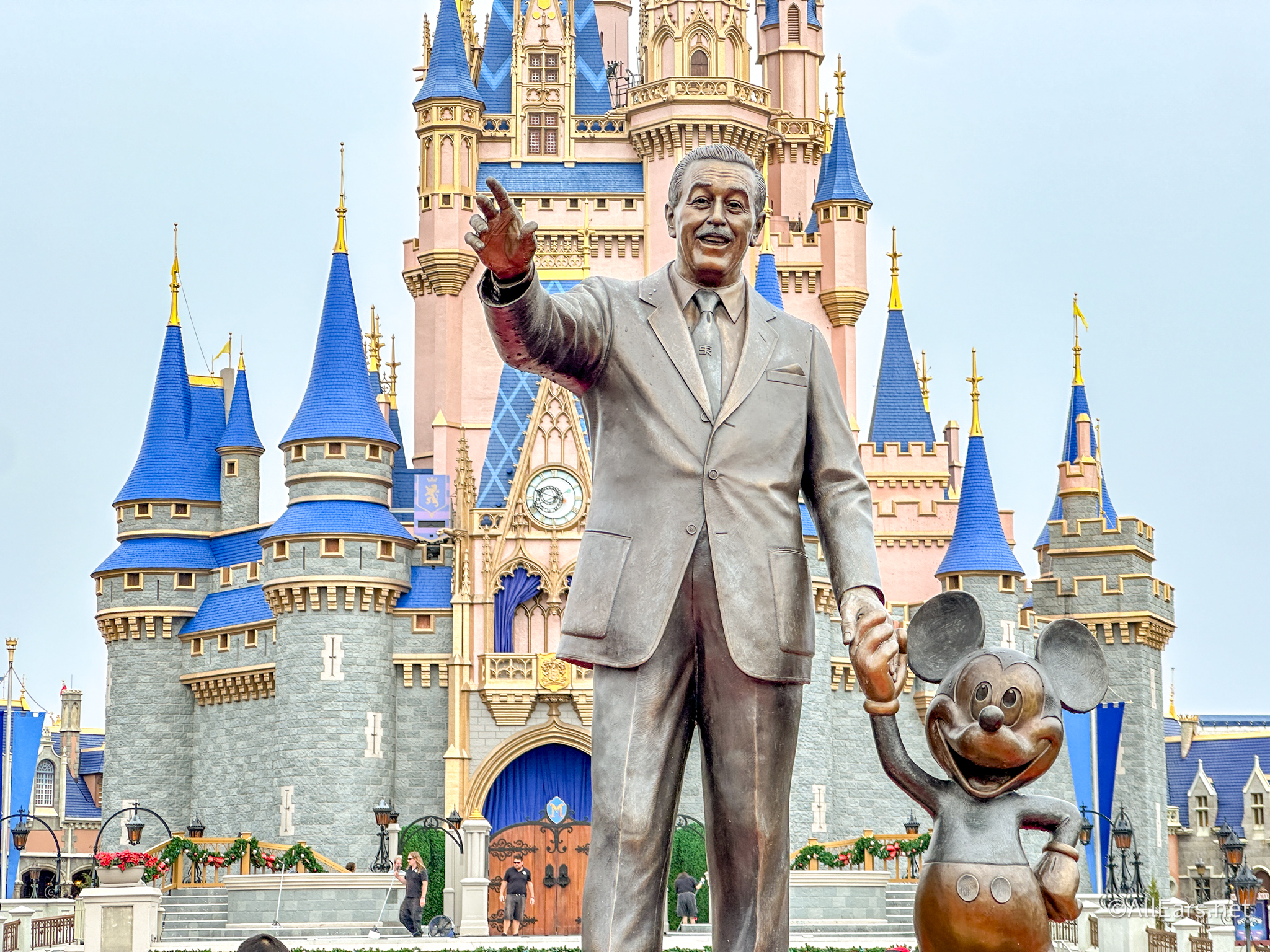
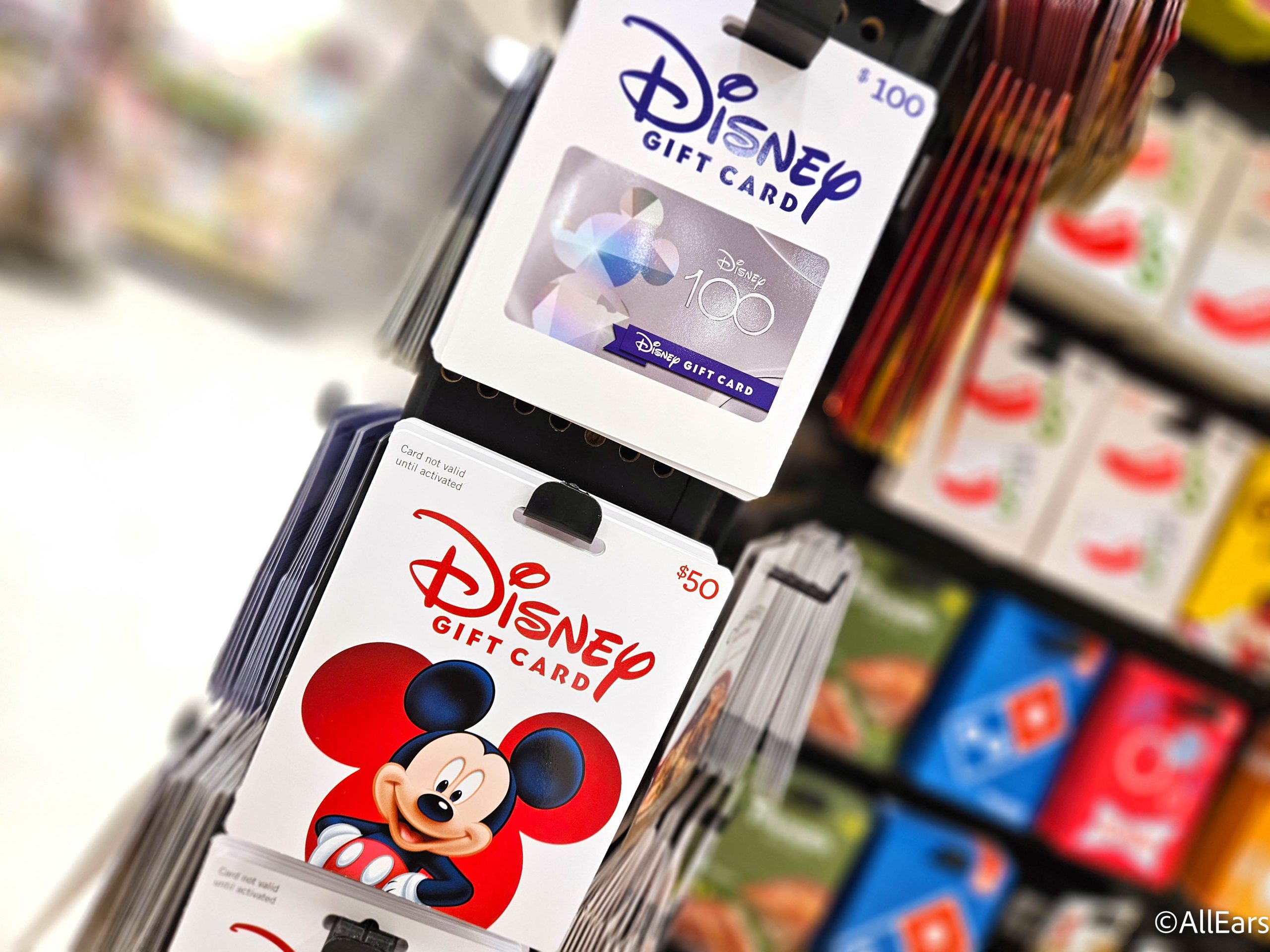
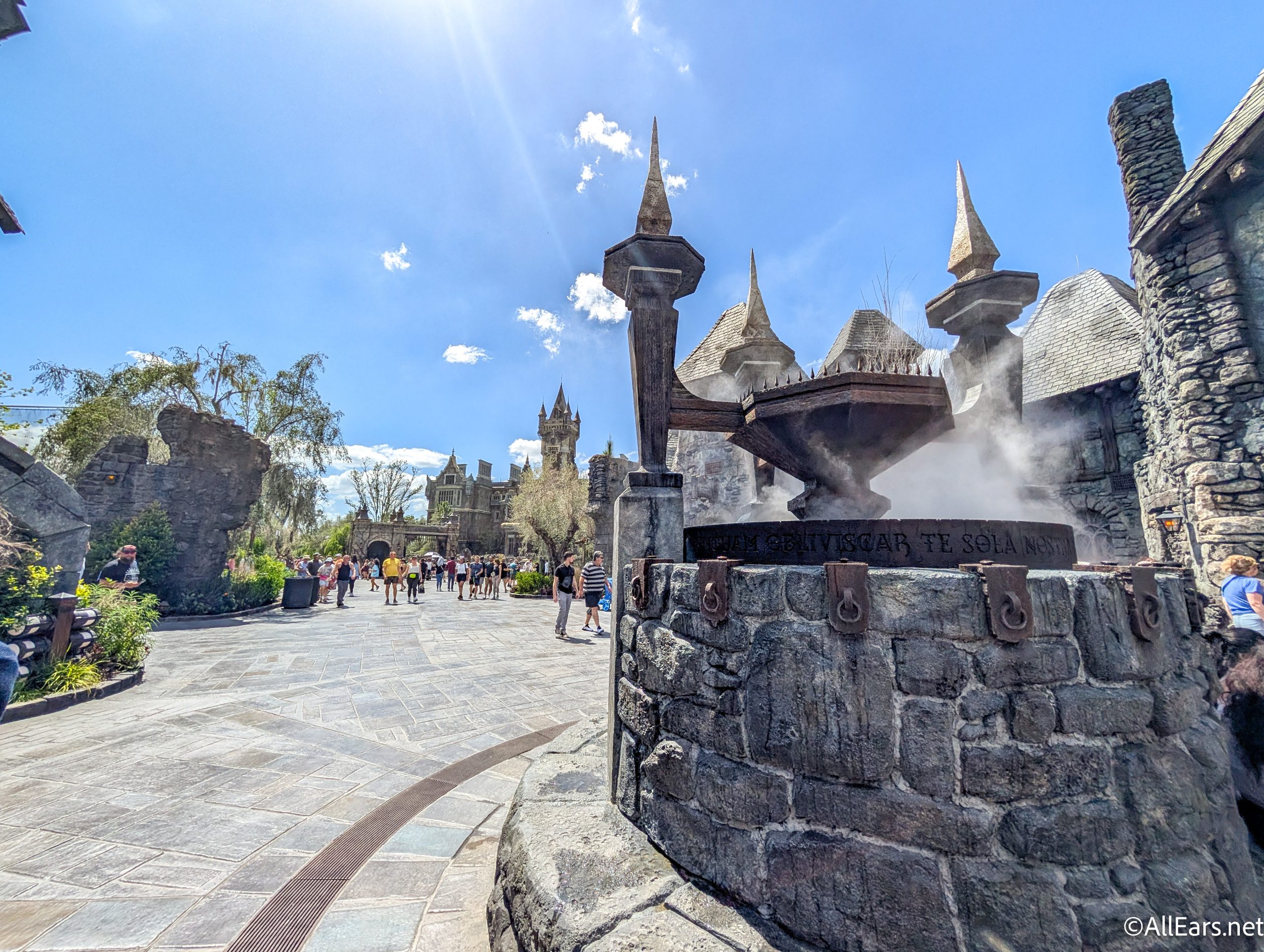
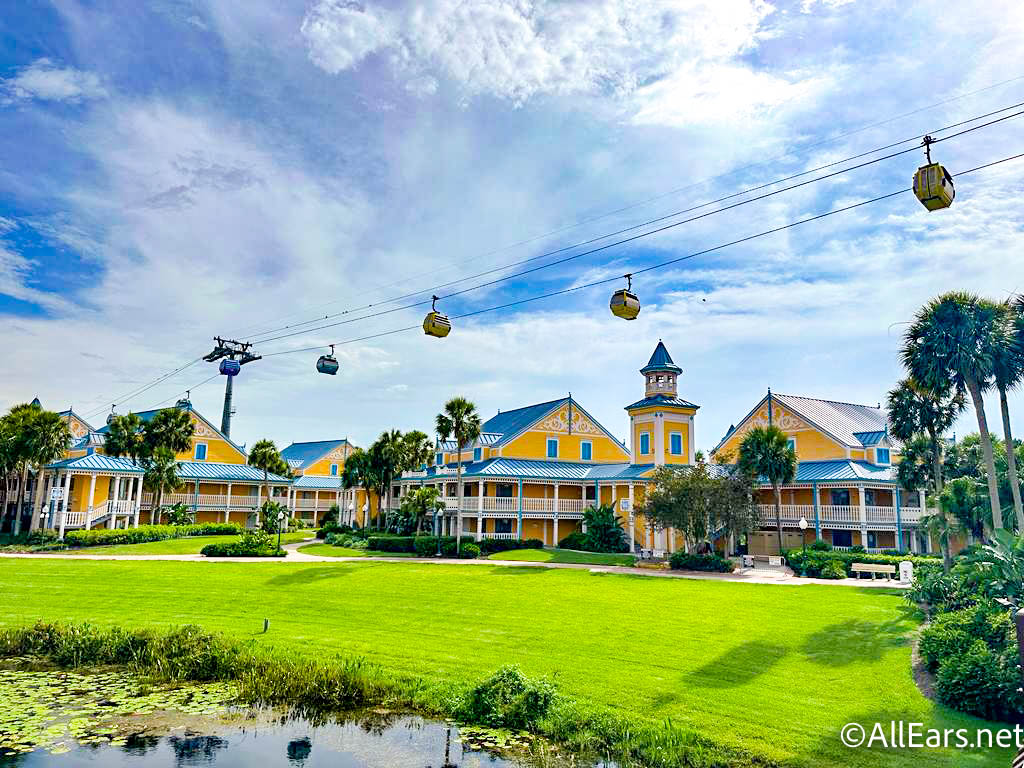
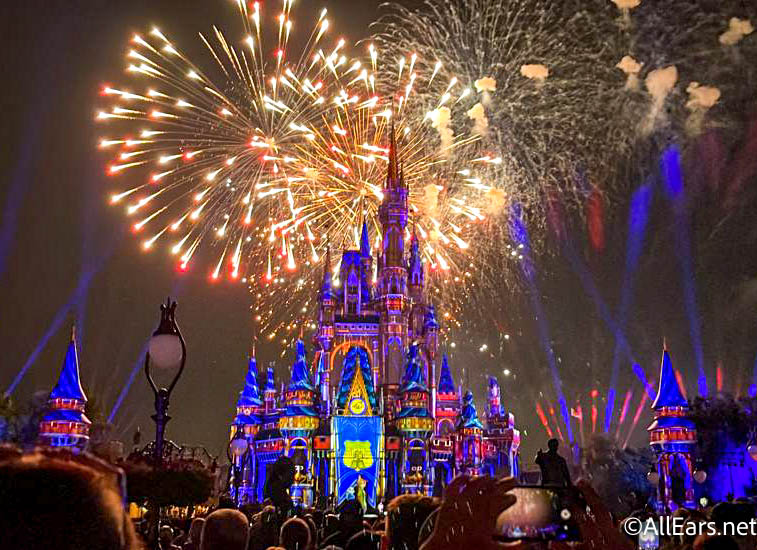


This more realistic, functional approach has also hit the Disney hotels, too. Theming…to include landscaping…is lacking at Riviera Resort, Polynesian Towers, the new Fort Wilderness cabins, and, I suspect, the under-construction LAKESIDE lodge. Where is the sweeping majesty of the Grand Floridian, Animal Kindgom and Wilderness Lodge lobbies?